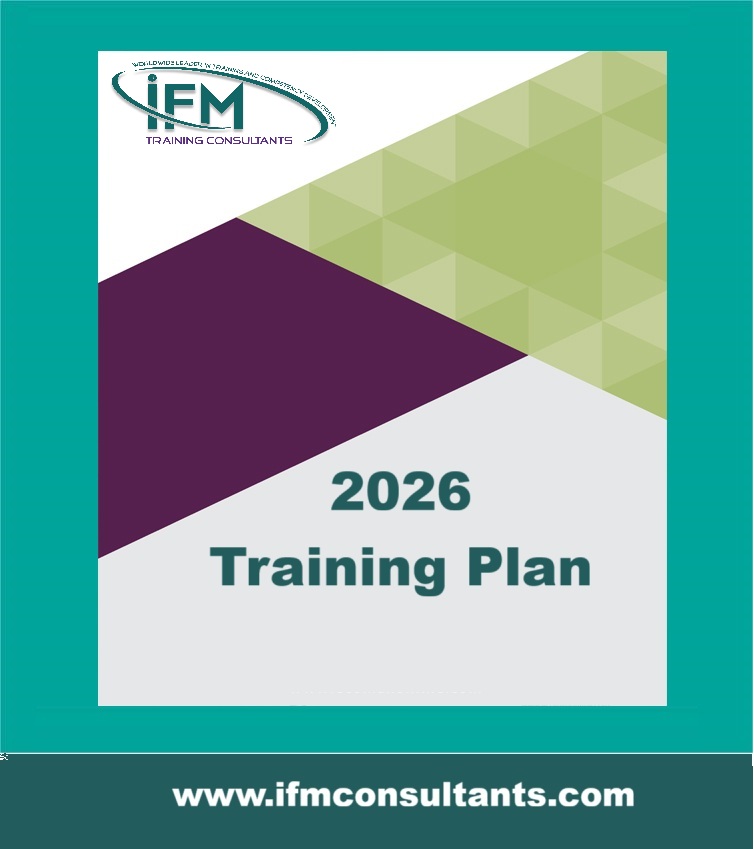Hydraulic and Pneumatic Maintenance and Troubleshooting
| Start Date | End Date | Venue | Fees (US $) | ||
|---|---|---|---|---|---|
| Hydraulic and Pneumatic Maintenance and Troubleshooting | 16 Nov 2025 | 20 Nov 2025 | Riyadh, KSA | $ 3,900 | Register |

Hydraulic and Pneumatic Maintenance and Troubleshooting
| Start Date | End Date | Venue | Fees (US $) | |
|---|---|---|---|---|
| Hydraulic and Pneumatic Maintenance and Troubleshooting | 16 Nov 2025 | 20 Nov 2025 | Riyadh, KSA | $ 3,900 |
Introduction
- In the course, you’ll learn to focus on the troubleshooting process and the inspection and testing tasks that are part of a systematic approach to locating malfunctions and their underlying causes. Students will become aware of decision-making processes, which is the first important step to a solid troubleshooting procedure. And several hands-on lab demonstrations will allow the students to troubleshoot real world system problems. Every application discussed will be totally dissected in a state-of-the-art animated program so that the students can see what happens when they recalibrate pressure, flow, torque, load or even upsize and downsize components.
- Also, explores the basic principles and understanding of hydraulic and pneumatic systems, using industry terminology, symbols, components, safety, calculations, operations and maintenance.
- No longer will you need to guess or try to fix problems by merely substituting parts. When it comes time to fix something after attending this Course, you’ll know exactly what to do, why you are doing it and be confident that it works
Objectives
- Create and match a variety of hydraulic applications to the work to be performed
- Properly test and inspect hydraulic systems
- Diagnose system versus component problems
- Distinguish problem “symptoms” from the actual “cause”
- Apply a common-sense, systematic approach to troubleshooting
- Evaluate the cause and effect of changing or re-sizing system components
- Recommend and implement change towards fixing problems
Training Methodology
The training methodology is interactive with group exercises and is suitable for all employees involved in functions management. The pace and level of the training workshop is customized to the understanding of the delegates. Ongoing back-up and support is available after the training on request to the supplier, and the training course is also available for in-house presentation as well as for “Competency Transfer”.
Who Should Attend?
This course is designed for anyone who needs to understand hydraulic components and systems for work in industrial and mobile equipment applications.
Course Outline
Module One-Applications
- Directional and pressure control of actuators
- Cylinders in parallel
- Cylinders in series
- Sequence control of actuators
- Hydraulic pump unloading
- Hydraulic motors in parallel circuit
- Hydraulic motors in series circuit
- Mobile hydraulic application
- Hydrostatic transmission
- Combination hydrostatic transmission
- System reaction to pressure and torque adjustments
- Effects of under sizing components
- Electric control of actuators
Module Two-Troubleshooting
- Safety
- Basic troubleshooting requirements
- Generalization on troubleshooting
- Noisy and cavitating pumps
- No system pressure
- Low or erratic system pressure
- No movement of actuator
- Slow or erratic actuator
- System running hot
- Common cylinder problems
- Solenoid failure
- Internal and external leakage control
- Troubleshooting hydrostatic transmission

















